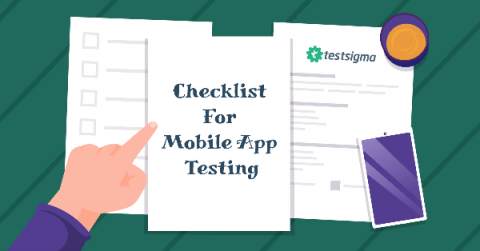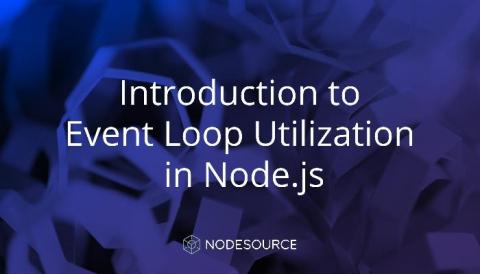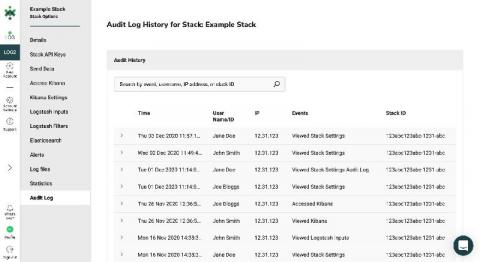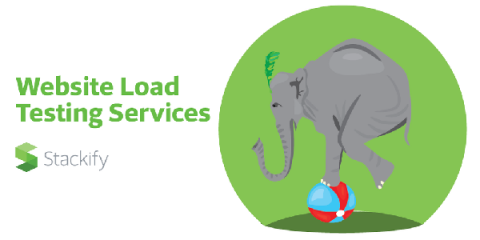What are ETL tools?
Thinking of building out an ETL process or refining your current one? Read more to learn about how ETL tools give you time to focus on building data models. ETL stands for extract-transform-load, and is commonly used when referring to the process of data integration. Extract refers to pulling data from a particular data source. Transforms are used to make that data into a processable format. Load is the final step to drop the data into the designated target.











